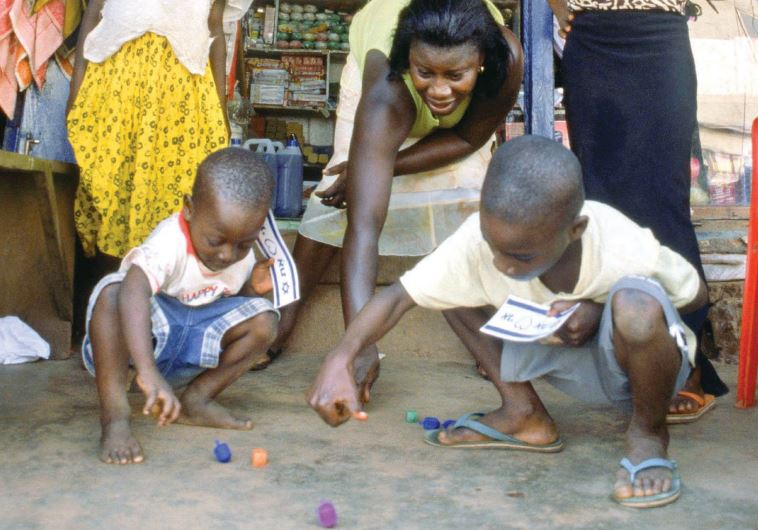From gauchos to ostrich farmers
An exquisite new look at Jewish diversity takes the reader on a journey around the globe to document extraordinary communities in exotic locales.
 SPINNING HANUKKA dreidels in Ghana.(photo credit: BRYAN SCHWARTZ)Updated: Read More
SPINNING HANUKKA dreidels in Ghana.(photo credit: BRYAN SCHWARTZ)Updated: Read More